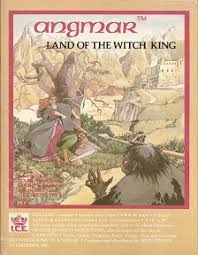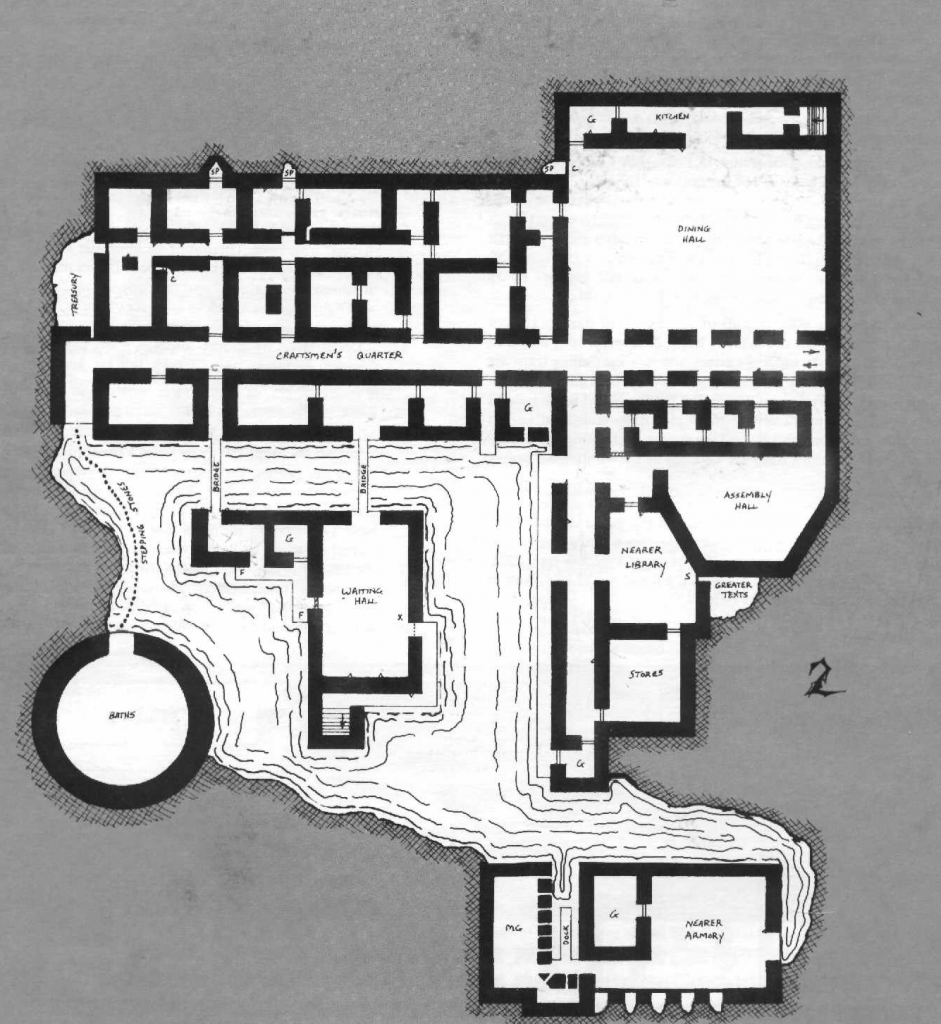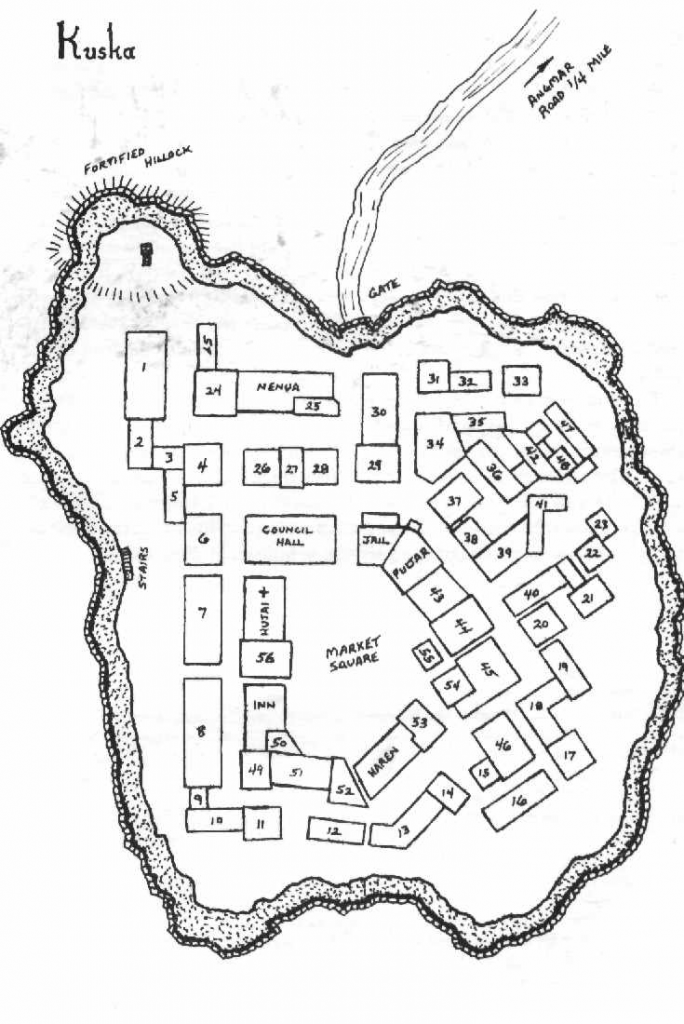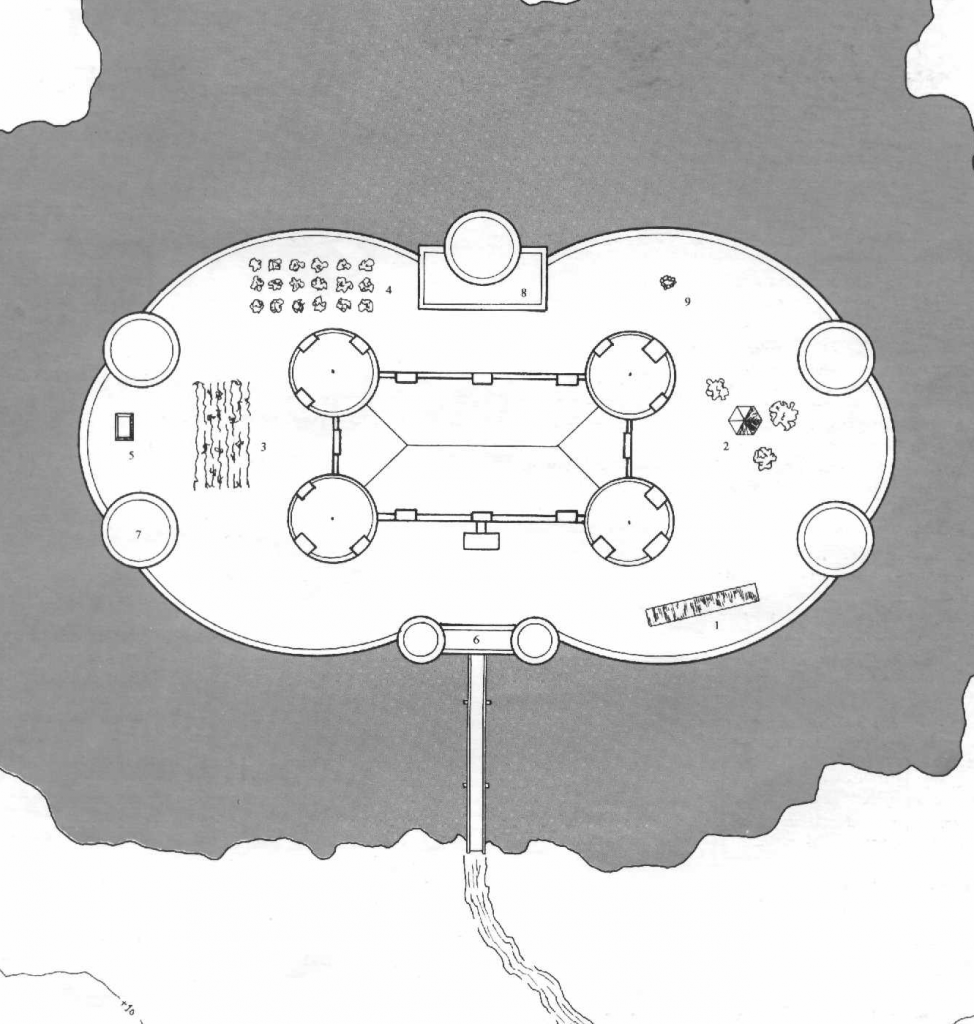
Two of my favorite elements of Shadow World are the Earthwardens and the Dragonlords. Both groups represent incredibly mysterious but powerful influences in Shadow Worlds history. Until the Xa’ar supplement, which delved into the origins of the Earthwardens in more depth, we only knew that both groups sprung up in the early Interregnum without further explanation.
However, it was the Dragonlords that really fired up my imagination but while they are ubiquitous in Shadow Worlds history, there has never been an “origin story”. It wasn’t until the Xa’ar supplement that a solution clicked in my head and tied up quite a few loose ends. I would cite the following excerpts from various SW books:
One such group actually became trapped in the event horizon of a singularity and suffered a time dilation of many thousands of years before they were able to escape.
These K’ta’viiri built enchanted places of guardianship to help protect these weaker races, and came to them as teachers and counselors. They would become the Earthwardens, and they inhabited the Shadow World for a period sometime between 70 and 50 thousand years ago, though almost certainly not for that entire period. Apparently after a time they felt they had done all they could, and departed again for space. However many of their structures survive, some of an enchanted stone, and some—like the Coral Roads—are living legacies.
Note: This establishes that the Earthwardens are actually Ka’ta’viir that returned to Kulthea during the middle of the Interregnum period.
c. 1500: Founding of the Four Orders (Elder, Oak, Nya, Thorn), Elven animistic groups dedicated to protecting the natural order and combating demonic and other evil forces (demons remain relatively common,trapped in this plane after the Wars of Dominion; and within a few centuries the order will face the threat of the Unlife). The original founders are four remaining Earthwardens who elect to stay behind. They do not divulge their true nature to their Elven followers; nor do they fully reveal the powers of the Isle of Lost Magic. They teach the ways of nature and related professions. Each possesses a staff of the named order, and they (and their Elven successors) are called the Guardians
of those staves.
Notes: This establishes that not ALL of the Earthwardens left as mentioned in the first section above. Not only did they establish the Four Orders, there is a Druidic/Animistic legacy created.
re: Taranians. Over time they added settlements on other continents
and connected to them via a high-speed underground rail system, which they referred to as the Subshuttle. Exactly why they went to the expense and trouble of constructing a tunnel system under the ground and beneath the oceans is unclear, but it is believed that either the skies were unsafe because of a proliferation of hostile creatures and/or beings,
Note: Something was happening on the surface that motivated the Taranians (and Worim) to build underground. Were Dragons ruling the sky and the lands of Kulthea?
There were only a few hundred of them, along with
mates and offspring, but they decided to remain on
Kulthea and do their best to restore their world to its
former beauty. They would keep a low profile, remain
aloof from politics and power, but they would aid the
fragile peoples in need where they could. They built
protected roadways, and constructed magical guardians
who could be summoned to fight against the terrible
demons that now walked the earth. They kept apart
from the Jinteni and Wôrim and the Elves for the most
part, and faded into legend as those civilizations rose.
Like all the K’ta’viiri, the Earthwardens were powerful
masters of Arcane Essænce, but in particular they were
able to tap the Channeling power from the earth like
few others. Thus they had great ability to manipulate
nature as only the most talented Animists can today.
Also, when they returned to Kulthea, they abandoned
most technology in favor of Magic—though both were
somewhat unreliable in the fi rst fi fty millennia or so
after the fall of the empire.
Notes: The Earthwardens went from Arcane magic to “Channeling from the Earth”. This should not be confused with Channeling from Orhan as it appears the Althans and Ka’ta’viir were unaware or perplexed by the Lords. “Channeling from the Earth” should be seen as a tapping of primal power from the planet: Flows, Foci etc.
Earthwardens, who spent most of their energy on rebuilding the planet’s
ecosystem. They received unexpected help in that from the Fey Folk of Orhan: Naiads, Dryads, Oceanids and others. They came to respect these spirits and work in cooperation with them, though even they never fully understood the nature of these ephemeral creatures, created by the hidden Lords of Orhan.
Notes: Again, we see a collaboration between the Earthwardens and “Fey” powers. Very Animistic/Druidic.
Around 40,000 years before the beginning of the
Second Era, most of the Earthwardens decided that
their work was done, and wanted to resume their travels.
Their ship had remained in orbit during this rebuilding,
and they hoped to embark on a great journey to another
galaxy. A handful—and their descendants—remained
on the Shadow World to continue their efforts. A few
survive on Kulthea to this day, but most have retreated
to a simple, reclusive way of life. Some like to refer to
themselves as ‘The Elders.’ One is the Storm Wizard;
he was always the most talented at creating magical
golems.
Notes. Quite revelatory! Here we see conclusively that “some” Earthwardens stay behind.
[ Andraax gives one of the Dragon Rings, the
Daath Leerssoi (K. “Maker of the Shadow Drakes”) to
Tev Yu’um, a Lotana Mentalist who is also a clanlord
in the T’sai steppelands of NE Mulira. This ring
allows Tev to assume the form of a blue Air Drake.
It becomes apparent to Tev over the centuries that
the ring has other powers than allowing its wearer to
assume dragon-form: he gains knowledge of the Great
Drakes—including their language—and is granted a
lifespan akin to those creatures.]
Note: The Daath Leerssoi are basically the opposite of the Dragon Helms. They allow mortals to assume the shape of Great Dragons (while the Helms allow the Dragons to assume mortal form). But this is not just a physical change but imparting of knowledge and language.
[Yu’um knows that people are growing suspicious of
his secretive ways and mysteriously long ‘lives,’ and he
fears that he is losing the ability to control himself in
Dragon-form.
Note. Using the Dragon ring risks him being subsumed by “Dragon-form”; becoming more creature. We should assume that this risk exists for the other rings as well. Are some Dragons in SW actually mortals lost to their rings power?
A Blue Dragon is spotted several times …. [It is in fact Yaalc Muul awakened, but his mind is unstable: most of the time he does not remember that he is actually human.]
And:
In dragon form now he is more animal than man, and he rarely reverts to his human state any more except to go back into slumber.
Note: Again, there is this idea that the transformation into Dragon kind subsumes a “humans” personality and memories.
Tev Yu’um was given one of the Daath
Leerssoi (K. “Maker of the Shadow Drakes”) by Andraax.
It is a ring that allows a human to assume the form of a
dragon, with virtually all the powers and abilities of that
dragon. He was given the Kodul ring, which transformed
him to a Blue Air Drake: a fl ying dragon, but with a
breath weapon comparable to those of the Great Drakes
Note: Here is is even more clear that the rings are akin to the Dragonhelms and the powers of a Great Drake.
Ssoiayig Saer (K. ‘Caves of the Drakes’ Birthplace’), the ancient
secret breeding caves overlooking the Silver Scales Lake.
Note: A clue to the origin of Drakes? Does this ancient place preclude the idea that Dragons were another experiment of the Lords of Essence?
[The Dragon Helms are completed, and the Six gather. What
they do not know is that Krelij, using the knowledge gleaned
from Oran Jatar, has also made six rings. These rings, which he
names the Daath Leerssoi (K. “Makers of the Shadow Drakes”),
allow a human wearer to assume the powers of a dragon.
Note: The Rings are created at the same time as the Helms by Krelij.
So what should we make of all this?
- Dragons, Great Drakes and Dragonlords were “birthed” sometime during the Interregnum and probably not a remnant of the 1st Era or a product of Orhan.
- The Earthwardens slowly assumed new “earth and elemental powers” and worked with the Fey creatures and Elves to rebuild Kulthea.
- Some of the Earthwardens stayed behind on Kulthea while the rest left about the same time as the emergence of the Dragonlords.
- Around the time of the Dragonlords appearance, the skies of Kulthea became dangerous and non-terrestrial races (Taranians and Worim) were forced to build/hide underground?
- The Dragonlords are avatars of Kulthean earth powers: elemental creatures that can “ride the flows” and control great powers.
- There are magical helms and rings that have similar but opposite powers: one to turn Dragons into men and the other to turn men into Dragons.
- RM Companion I references the “Ritual of Ascension” that allows a Mage to transcend into a Drake/Dragon.
Terry never circled the square, but is it reasonable to argue that the 6 Dragonlords were Earthwardens that underwent the “Ritual of Ascension” to become permanent guardians of Kulthea? After the Ritual the “nature” of being Dragonkind overwhelms their past memories and Althan/Ka’ta’viir background and they become more “wild” and elemental; even being construed to be “evil”. Certainly, some of the Dragonlords more than others, but as Terry notes: their motivations and behaviors are unfathomable to mortals.
That’s my theory and solution. Have any SW users come up with something else?

















